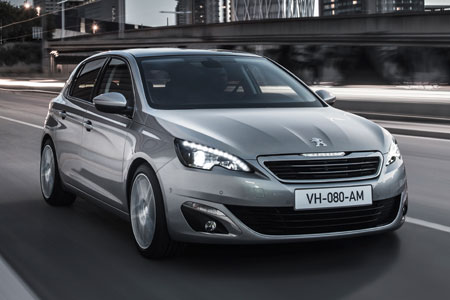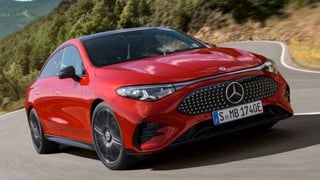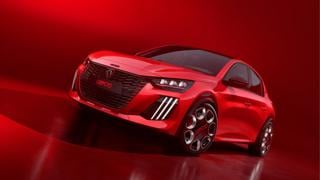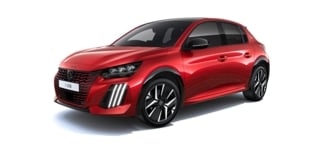Review
You’d be forgiven for thinking the car on these pages is merely a facelifted replacement for the outgoing model.
It is perhaps ironic that while Peugeot has traditionally signified the introduction of a new model by naming it as the next number in sequence, its newest car – an all-new model – retains the same nameplate as its predecessor.
For example, the 208 replaced the 207 and the 308 replaced the 307.
But Peugeot was faced with a dilemma when it came to naming the successor to the 308.
You see, the 309 name appeared out of sequence in the 1980s, bridging the gap between the 305 and the 306.
So the replacement for the 308 is the new 308, which is a shame as it fails to convey how very new the car is.
It’s the first Peugeot to come from the new EMP2 platform – which is PSA Peugeot Citroën’s versatile modular components set that will be the basis for many future products, helping the loss-making company reduce costs.
It has enabled Peugeot to reduce the weight of the new 308 compared with its predecessor by up to 140kg – about the same as two passengers – and, along with other improvements, make significant reductions in fuel consumption and CO2 emissions.
In case anyone hasn’t noticed, Peugeot announced when it launched the 208 that it also has big ambitions to take the brand upmarket and, while it’s for the market to decide rather than Peugeot, there is more evidence in the 308 as it adopts premium features and even higher levels of ‘perceived quality’.

This means more soft-touch materials, combined with expensive looking metallic trim parts inside, a large multi-function touchscreen display and an impressive lack of clutter on the dashboard – Peugeot somewhat unnecessarily calls this i-Cockpit.
As in the 208, the steering wheel in the 308 is smaller to help achieve a more engaging drive, while the main instruments are set high on the dashboard.
We spent time in the 115bhp 1.6 HDi, which, depending on tyre choice, can achieve CO2 emissions as low as 95g/km – equalling the Volvo V40 D2 and Honda Civic 1.6 i-DTEC.
It’s a quiet engine, even from outside the car when idling, and on the move, and with up to 199lb-ft of torque available it’s pretty responsive as long as you keep the rev counter needle above 1,500rpm.



















Alex - 23/09/2013 17:13
The 309 didn't bridge the gap between the 305 and 306 in the 1980s? The 306 wasn't released until 1993... Hopefully this will be a big improvement on the lardy, ungainly and expensive current 308 model